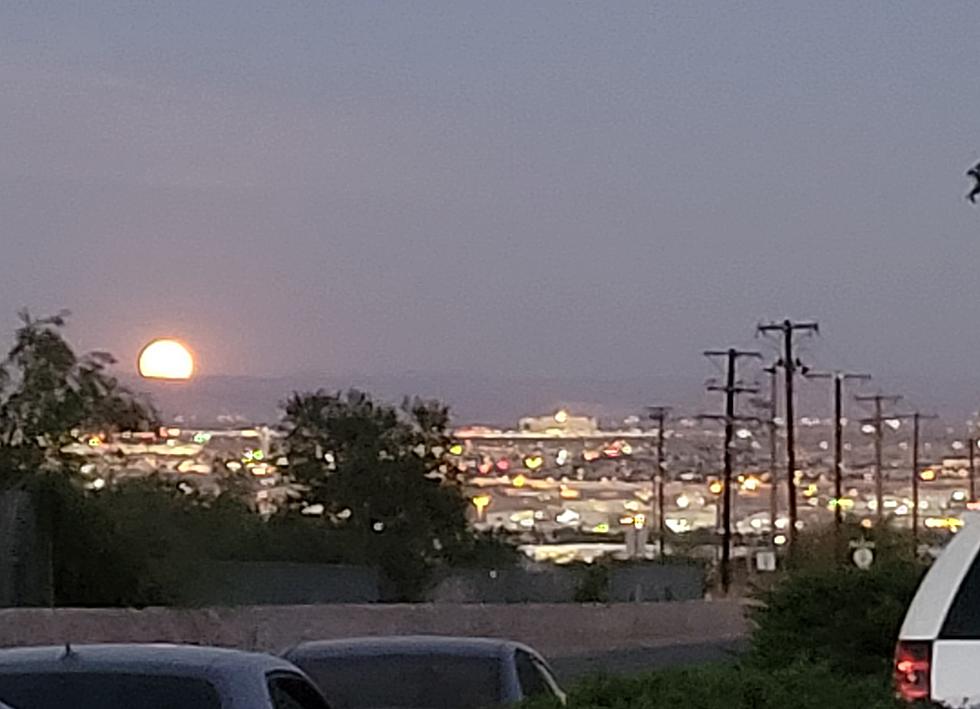
Brightest Supermoon in 68 Years Coming November 14
You may have heard of the term supermoon before -- it's a phenomenon that happens a few times each year. On November 14, however, we're going to have a super supermoon. What the hell am I talking about?
First off, the moon isn't always the same exact distance from Earth. It comes closer in and moves farther out. It can be anywhere between 222,000 and 252,000 miles away from Earth. When it comes closer in, obviously, it appears to be a smidge larger and brighter in the sky -- up to 30% brighter in some cases.
But a supermoon is when the moon comes in at its closet point to the earth AND also happens to be a full moon. That means things get super bright. And on Nov. 14, we're getting the brightest supermoon since 1948. And it won't be this bright again until 2034.
Tidal forces in Earth's seas are also stronger when we're Supermoon Mode. That has led some people to speculate that earthquakes could be more likely around those times. The 2004 Indian Ocean tsunami and the 2011 Japanese tsunami both happened within one to two weeks of a supermoon. (This is just speculation though -- no one has proven this to be true.)
So, unless we get a freak rainstorm on Nov. 14, we ought to have a clear view of the supermoon. If you miss it though, things will get super again exactly one month later on Dec. 14 -- another supermoon will occur on the same time as the six-week long Geminid meteor shower.
If you're impatient, though, you can feel free to enjoy this supermoon.
More From KLAQ El Paso






![Bryce Harper’s First-Ever MLB Hit Forever Tainted By Mooning Fan [VIDEO]](http://townsquare.media/site/62/files/2012/04/hqdefault72.jpg?w=980&q=75)


